Avian influenza (2021–22 outbreak)
Information about the outbreak of avian influenza in 2021 and 2022, its spread and its impact on breeding seabird populations.
- If you are looking for information about avian influenza in 2023, please visit our main avian influenza page.
Background and origins of the outbreak
Over the winter of 2021/22, an outbreak of avian influenza was confirmed in Barnacle Geese wintering on the Solway Firth.
These birds were from the Svalbard breeding population of Barnacle Geese. Estimates suggest that many thousands of birds died as a result of the virus.
The strain of influenza virus behind the outbreak has a high potential to cause disease. It is referred to as ‘highly pathogenic’ avian influenza, or HPAI.
- Previous outbreaks of HPAI have tended to hit wintering waterfowl, subsiding as wintering flocks disperse.
- Unusually, in the spring of 2022, the HPAI virus (subtype H5N1) spread into our globally important colonies of nesting seabirds.
What was the impact on breeding seabirds?
From late spring 2022, increasing numbers of reports of the disease were received from seabird colonies around the northern UK.
Very large numbers of breeding seabirds, including significant numbers of Great Skuas and Gannets, died as a result of the disease. Breeding colonies of other species, such as Guillemot, Razorbill and terns, were also impacted by the outbreak.
- More than 2,200 Great Skua deaths (equivalent to 11% of the British population, and 7% of the world population) were reported by NatureScot, including over 1,000 from the largest colony of Foula.
- Gannet mortalities were widespread, from Alderney in the Channel Islands in the south to Noss, Shetland, in the north.
Monitoring work carried out by the Animal and Plant Health Agency (APHA) also confirmed HPAI in other species including raptors, wildfowl, waders, and gamebirds.
Why are we so concerned about the impact on seabirds?
Seabirds are already vulnerable to other threats
Many of Britain’s seabirds are already Red or Amber-listed in the UK, because their populations are being negatively impacted by other threats. They are particularly vulnerable to the effects of climate change, for example.
Britain and Ireland support a large proportion of global seabird populations
Together, Britain and Ireland support 25% of Europe’s breeding seabirds, including more than 50% of the world population of species which have been severely impacted by HPAI, such as Great Skua and Gannet. Population losses in the UK therefore have a significant impact on these species’ global status.
Seabirds are slow to recover when their population declines
Seabirds tend to be long-lived and slow to reach sexual maturity.
- This means that seabird populations take a long time to recover from losses, because a smaller proportion of the remaining population is able to breed.
Several seabird species are also only able to lay one or two eggs.
- For example, birds in the group Procellariformes (tubenoses) – like shearwaters and petrels – are what is known by ecologists as ‘k-selected’; that is, they have evolved to give a lot of care to a single chick (rather than less care to many chicks, which is known as ‘r-selected’).
- They lay a single, large egg, and make only one breeding attempt each year, even if they lose their egg. So even among the breeding portion of the population, only one chick can be raised per pair, slowing recovery down even further.
Seabird mortality from HPAI is high
The high level of mortality that we saw in seabird species suggests that they are very vulnerable to the disease. This could be because they have never been exposed to it before, or because the virus rapidly adapted to infect seabirds.
Migration and the impact of AI on wintering waterfowl
The autumn and winter period was of particular concern with regards to wintering waterfowl, which are usually very vulnerable to avian influenza.
Britain and Ireland host important wintering waterfowl populations and are part of a wider flyway that links populations from many different breeding areas. The potential for migratory birds to spread the disease across continents was highlighted by evidence from North America. BTO has been developing the migration mapping tool to help quantify the risk of disease transmission.

Help us protect vulnerable birds
With your support, we can help devastated bird populations recover.
Donate to the Avian Influenza Appeal todayWhat is BTO doing to help tackle HPAI?
As the custodian and coordinator of national datasets of wild bird populations, including their abundance, distributions, and demographics, we are uniquely placed to provide insights and commentary on this issue.
Where can I get further information?
- Read about avian influenza in 2023.
- Read the latest BTO HPAI Workshop Report.
- Read BTO’s papers, appeals, blogs and articles about avian influenza.
- Official surveillance data are publicly available via the Government’s APHA Avian Influenza reports (updated weekly) and summarised in their regular HPAI Outbreak Assessments. These data provide useful (but necessarily limited) insights into the range of species affected, as well as the locations of outbreaks and some detail on numbers.
- Read the general government guidance on avian influenza for England, guidance for Scotland, guidance for Wales and guidance for Northern Ireland. The guidance includes the actions required by poultry keepers to protect their birds from disease in prevention zones.
- The EURING migration mapping tool uses recoveries of birds marked with individually identifiable rings to map migration routes in both space and time for wild birds moving to and from Britain and Ireland.
- The latest on the situation across Europe is reported by the European Food Standards Agency, and on the global situation by the World Organisation for Animal Health.

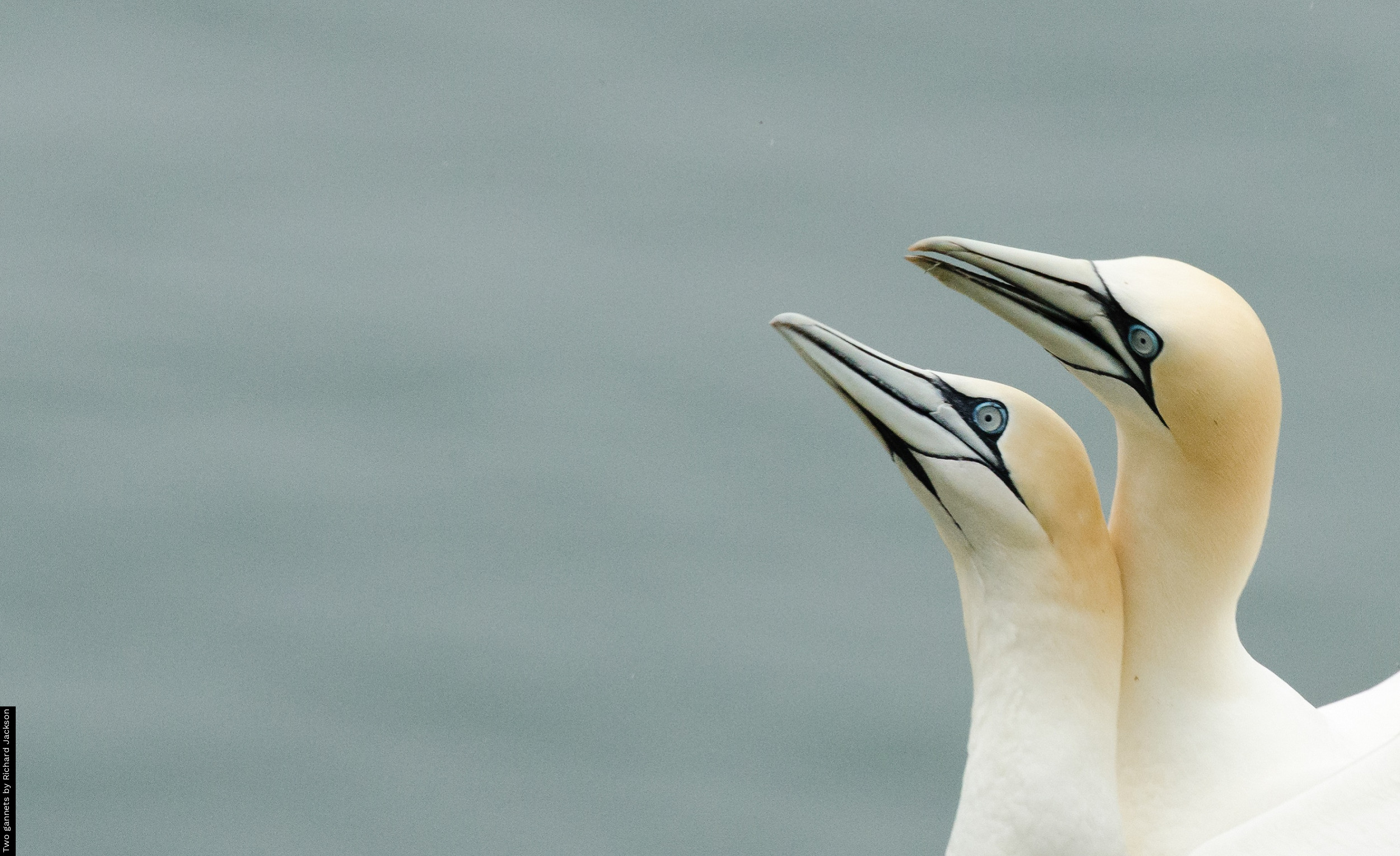
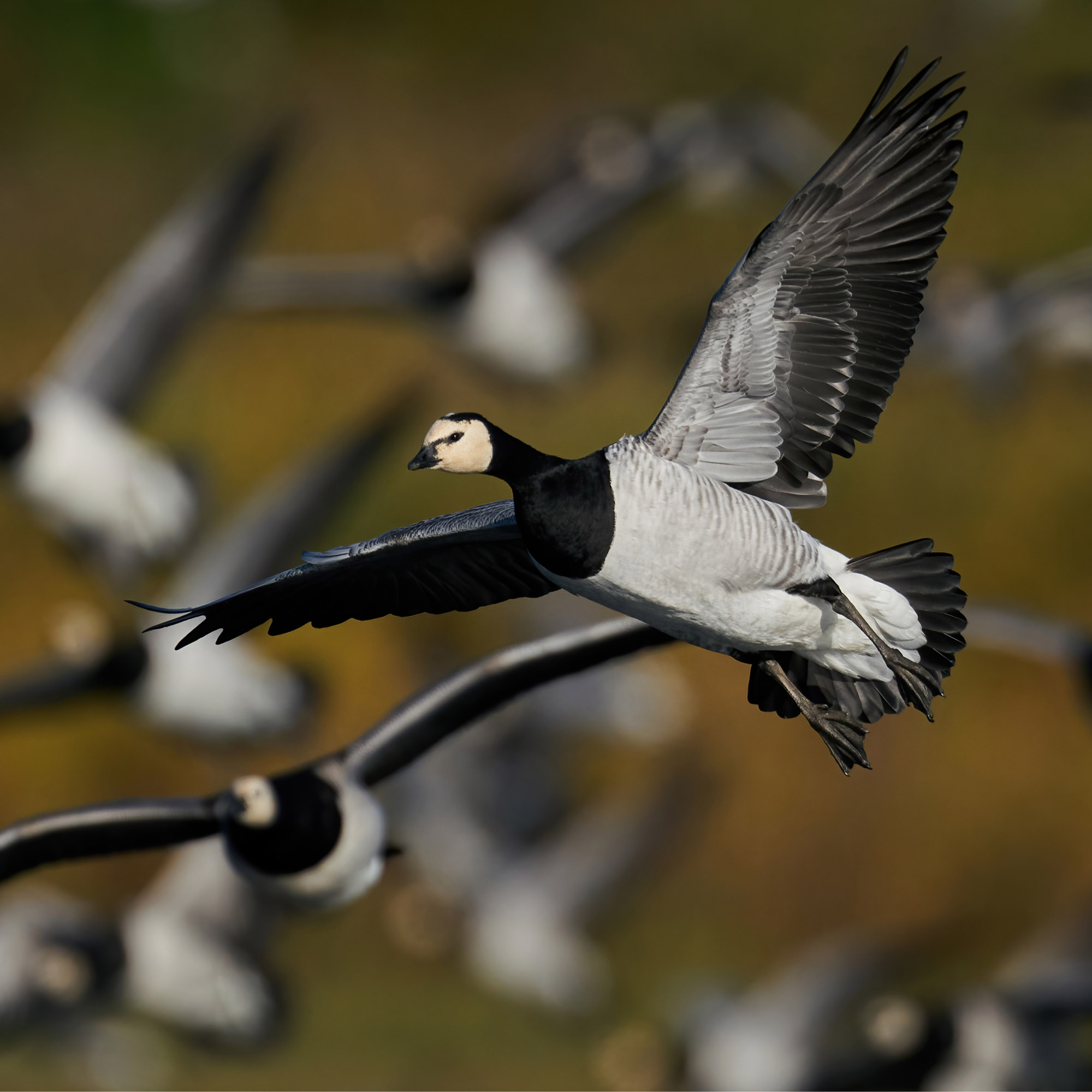
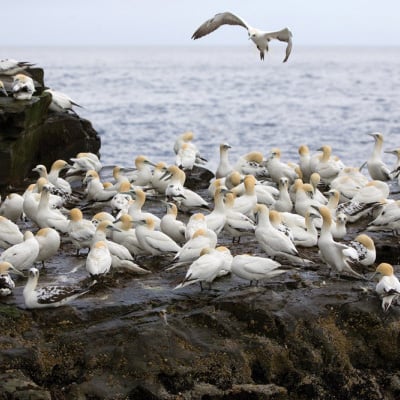
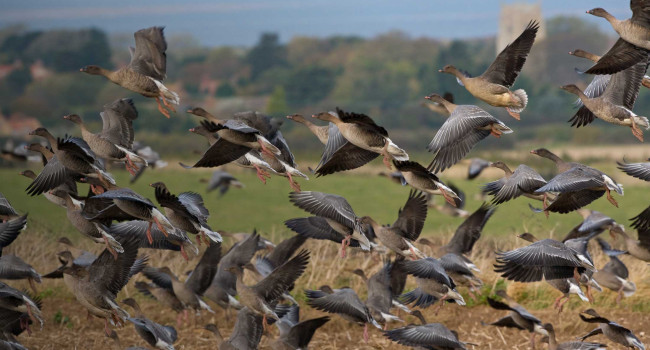
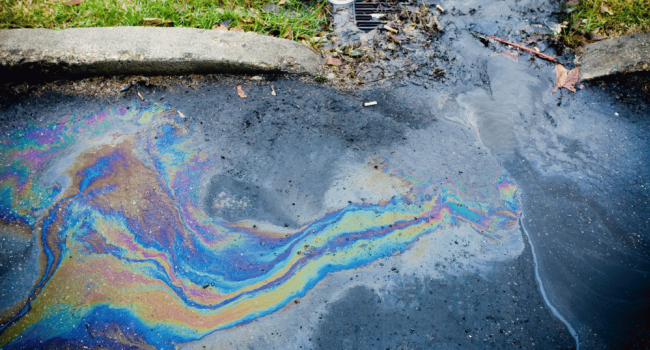
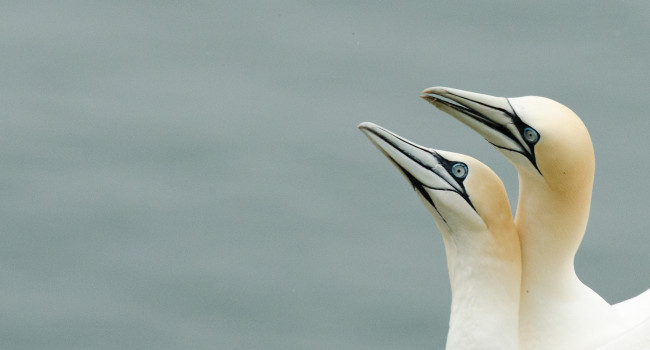

Share this page